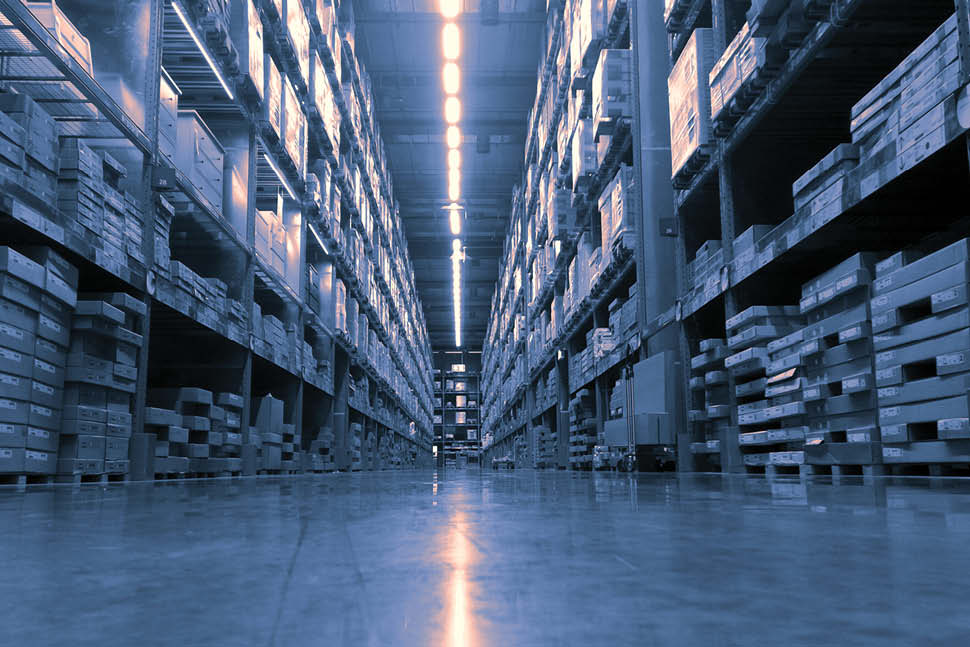
May 2022 / Vol. 27 No. 5
By David Buerer, Director of Product Management, Leviton Controls
Commercial buildings and office spaces offer functional environments where occupants can be productive and drive success. The proper lighting and controls can help enhance the work environment, save energy, and improve operating costs while meeting energy code requirements. It can also have a positive impact on employee wellbeing and attentiveness.
Likewise, warehouses and distribution centers are sizeable, active spaces, with many components. From pallets and people driving forklifts to conveyer belts and HVAC systems. Most warehouses operate on a 24/7 schedule and due to the massive size of these facilities, it can be very hard to pinpoint where energy waste is occurring. But implementing a few changes like upgrading to efficient lighting and implementing control solutions are sure ways to enhance safety, reduce operating costs, save on energy consumption, and improve the bottom line.
Improve Space Functionality and Energy Efficiency in Buildings and Offices
Building designers should create an optimal working environment with energy-efficient light-emitting (LED) lighting fixtures and controls. Doing so will create a great first impression for visitors and reinforce branding using strategically placed downlights or wall wash luminaires in the lobby. Highly functional architectural pendants will draw attention to the reception area. Room control keypads or touchscreens capable of adjusting lighting and audiovisual components will give private office and meeting room occupants personalized control over their environment. Installing control systems with daylight harvesting technology will take advantage of the positive effects of natural daylight while meeting energy code compliance and offering energy savings.
Other less trafficked areas can also benefit from advanced lighting and controls. Stairways and storage rooms can be outfitted with occupancy sensors to provide instant visibility as soon as a person enters the space and ensure energy is not wasted when the area is unoccupied. Lighting in breakrooms and restrooms promotes cleanliness standards. Well-lit walkways and parking garages help employees make their way safely to and from their vehicles in the dark. Use submetering equipment to measure, monitor, and manage energy usage to see where to make improvements for greater efficiency
Building managers should use spec-ready and code-compliant commercial lighting and control solutions engineered for commercial buildings and office spaces. Enhance the work environment and create a positive atmosphere for occupants while saving energy and meeting energy code requirements.
Tailor Lighting in Warehouses to Create Safer Environments
Warehouses and distribution centers need consistent, bright light for employees to do their jobs safely. Replacing outdated lighting with energy-efficient LED luminaires means that the aisles are well-lit and glare-free, allowing foot and equipment traffic to travel safely throughout the warehouse. Product labels are highly visible, and flicker-free lighting makes it easy to spot moving machinery and prevent accidents.
LED fixtures also give off less heat, have longer life spans, and require significantly less maintenance than metal halides or sodium lamps. Whether you need high or low bay luminaires, downlights for maximum light output and smooth distribution, or gasketed and vapor-proof fixtures suitable for extreme temperatures, energy-efficient LED lighting can meet all these needs and more.
Improve Space Functionality and Energy Efficiency
Lighting control systems that are flexible and scalable also deliver significant benefits for warehouse and distribution center operations. Facilities can create schedules, control specific zones throughout the warehouse and add occupancy sensors to ensure less frequently used spaces are not lit unnecessarily.
Submetering systems can also be implemented to measure, monitor, and manage loads on the main warehouse floor, including the back of the house, offices, and loading docks, to provide data showing how energy is used and where energy improvements can be made. ei